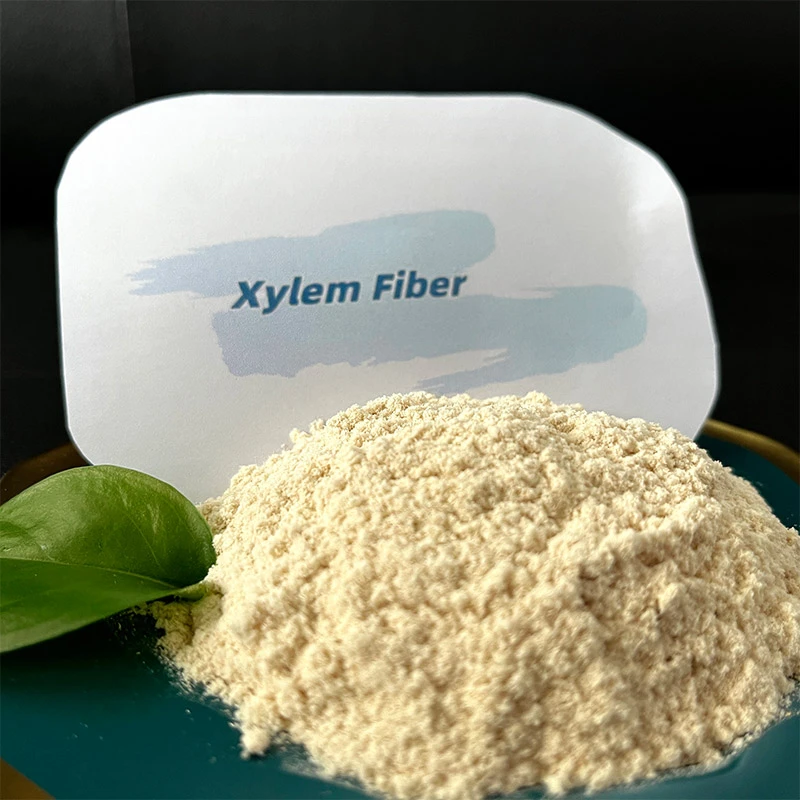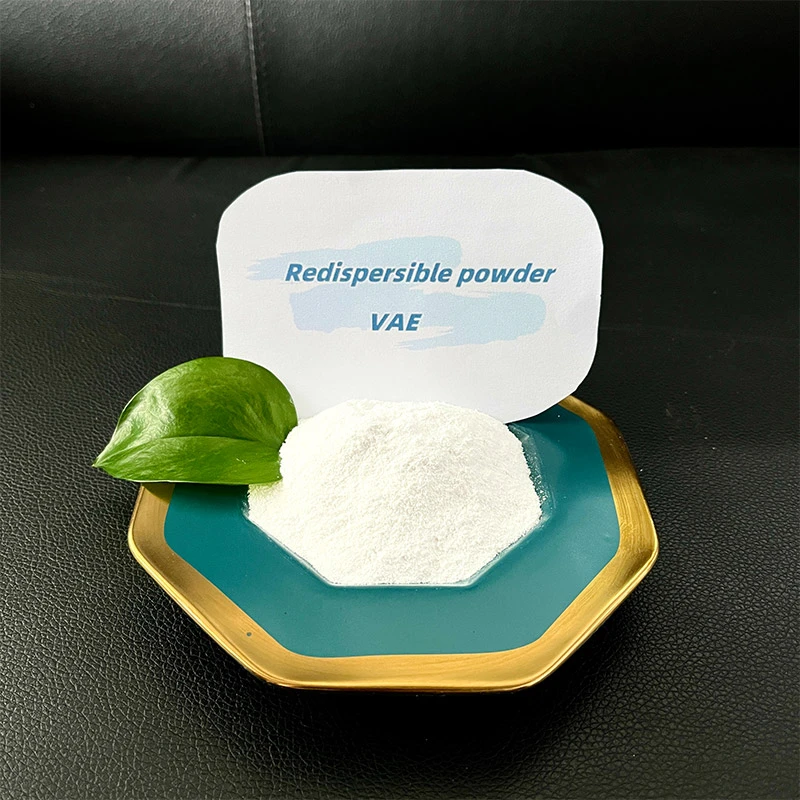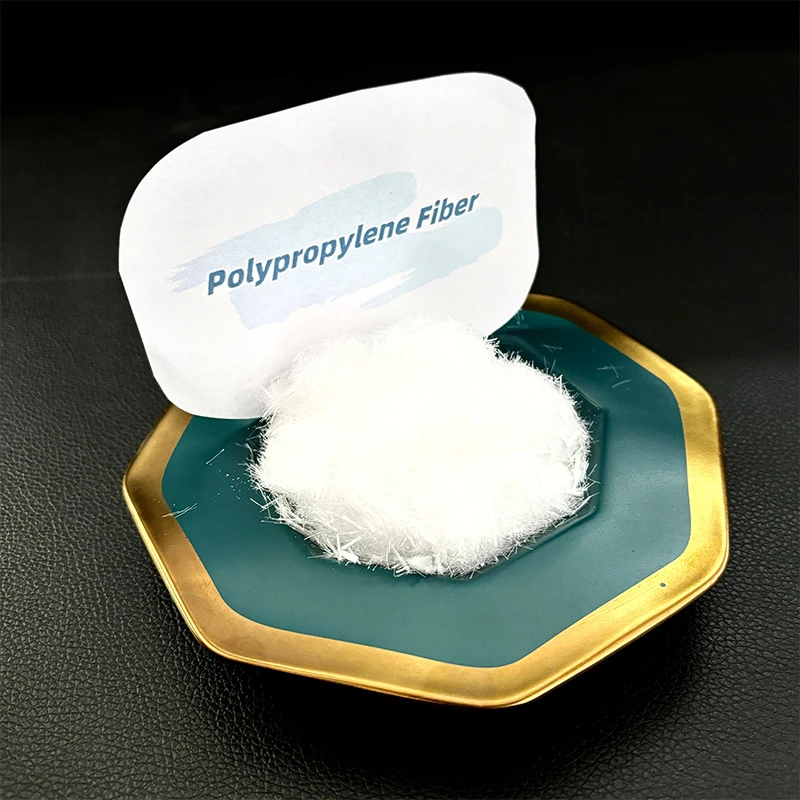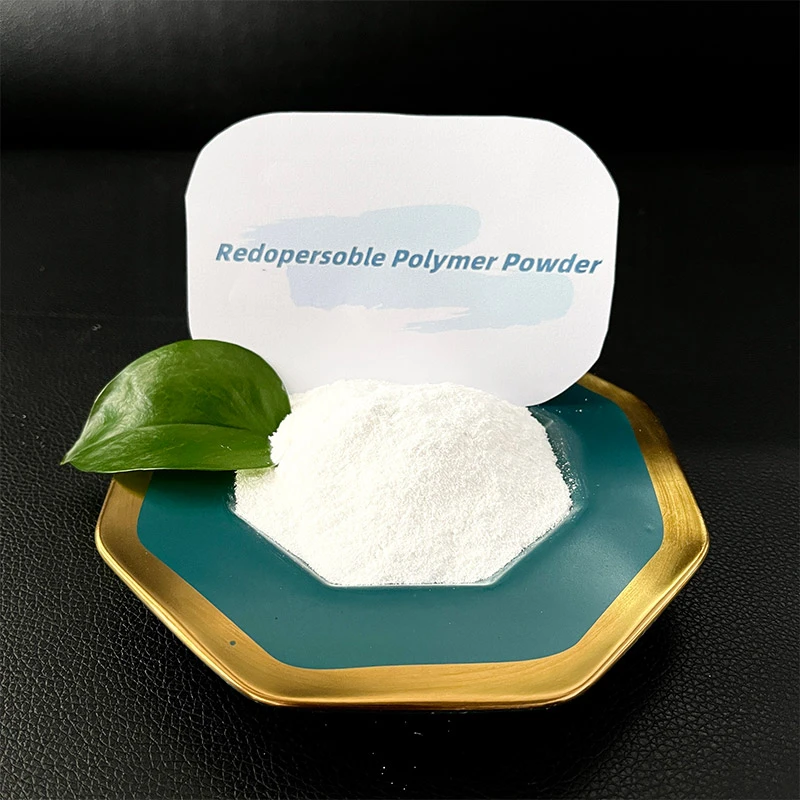
-

Add: HeBei ShengShi HongBang Cellulose Technology CO.,LTD.
-

Email
13180486930@163.com -

CONTACT US
+86 13180486930

Premium Polypropylene Fiber: AI-Powered Reinforcement Solutions
As the construction and composite industries move towards greater durability, sustainability, and high-performance materials, polypropylene fiber (commonly known as pp fiber, polypropylene fibre, or microfiber synthetic) has emerged as an indispensable reinforcement solution. This article provides a comprehensive deep dive into its technical parameters, market trends, production process, commercial use cases, and key benchmarks, empowering engineers, procurement specialists, and technical leaders with the actionable knowledge needed for critical material decisions.
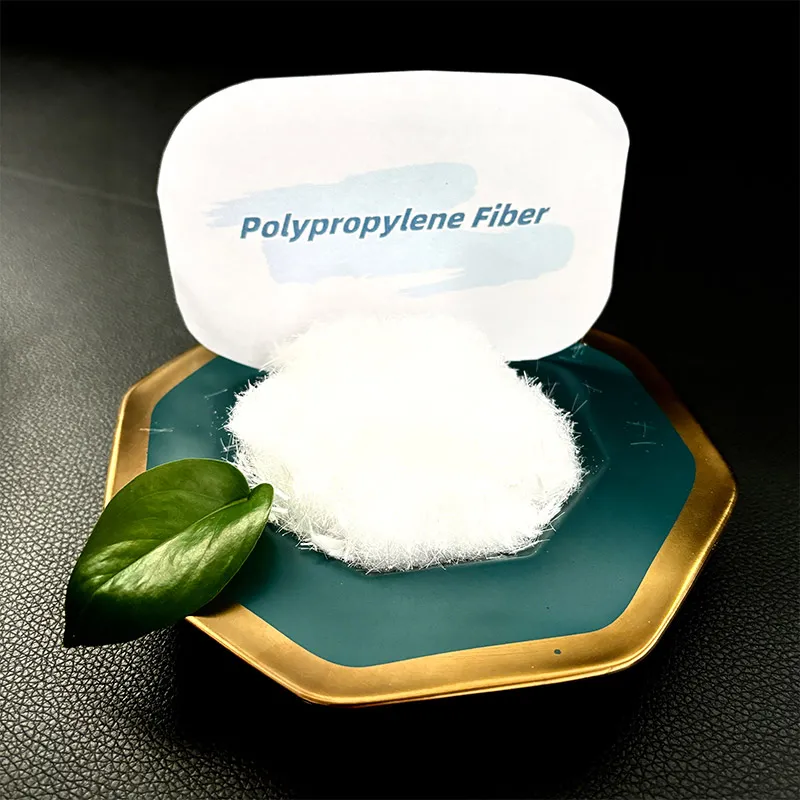
Over the last five years, the global polypropylene fiber (PP Fiber) market has exhibited strong growth, driven by rapid adoption in concrete reinforcement and composite manufacturing. According to Grand View Research:
- 2023 Global PP Fiber Market Size: $13.2 billion
- Expected CAGR (2024-2030): 5.7%
- Major Application Sectors: Construction (45%), Automotive (18%), Filtration (16%), Textile (14%), Other (7%)
- Growth drivers: Cost-effectiveness, chemical resistance, corrosion protection, and compatibility with green building standards
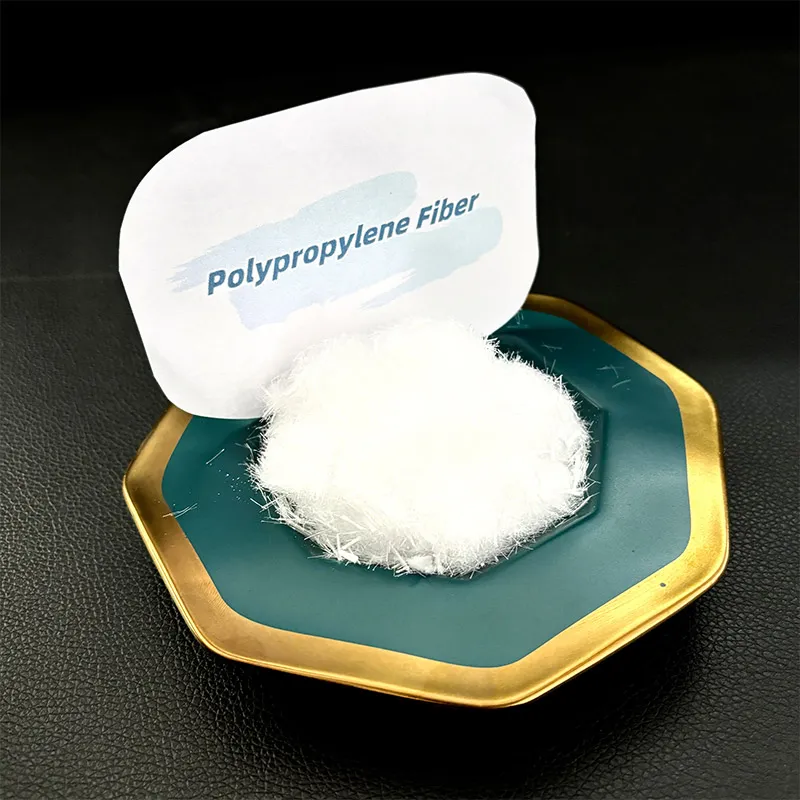
Below are the typical technical specifications of commercial polypropylene fiber products and a direct comparison with other synthetic microfibers:
| Parameter | Polypropylene Fiber (PP Fiber) | Polyester Fiber | Steel Fiber |
|---|---|---|---|
| Material Type | Isotactic Polypropylene | Polyethylene Terephthalate | Carbon/Alloy Steel |
| Density (g/cm³) | 0.91 | 1.38 | 7.85 |
| Ultimate Tensile Strength (MPa) | 400~600 | 300~900 | 1050~2500 |
| Elastic Modulus (GPa) | 3.5~5.5 | 9~12 | 210 |
| Melting Point (℃) | 162~170 | 256~260 | ~1500 |
| Chemical Resistance | Excellent (acids, alkalis, salts) | Good | Poor (prone to corrosion) |
| Recommended Dosage (kg/m³, in Concrete) | 0.9~1.5 | 0.6~1.2 | 25~40 |
| Lifespan | >50 years | 20~40 years | <30 years |
| ISO Standard Compliance | ISO 13270, EN 14889 | ISO 9001 | EN 14889-1 |

The production of polypropylene fiber follows a highly specialized engineered process to ensure optimal fiber quality, durability, and performance in reinforced concrete and other composite applications. Below is an annotated flowchart and process explanation:
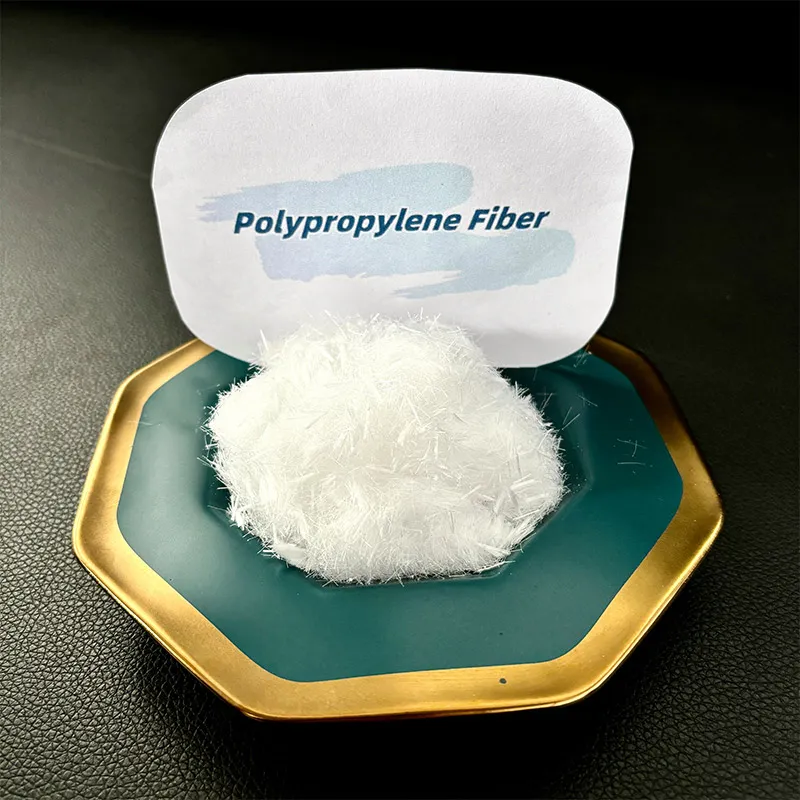
Polypropylene fiber stands out owing to its exceptional corrosion resistance, low specific gravity, and high performance under aggressive chemical conditions. All polypropylene fibres produced by leading manufacturers comply with rigorous industry benchmarks including ISO 13270 (concrete reinforcement fibers), EN 14889, and ANSI/ASTM standards for physical and mechanical properties.
- Product Certifications: ISO 9001, ISO 13270, EN 14889-2
- Key Customers & Partners: Sinopec, CNPC, Sika, Lafarge Holcim, BASF Construction
- Service Experience: 19+ years international supply, expert technical support

The versatility of polypropylene fiber is proven in a wide array of demanding industries and projects worldwide. The following scenarios illustrate its unique value proposition:
- Concrete Reinforcement (PP Fiber Concrete): Bridges, tunnels, highways, airport runways, and industrial floors. Benefit: Increased durability, crack control, freeze-thaw resilience.
- Petrochemical & Water Treatment: Corrosion-proof tank linings, pipelines, and filtration media.
- Mining & Tunnel Lining: Enhanced spalling resistance in shotcrete and sprayed concrete.
- Precast Structures: Utilized in manholes, pipes, panels, and infrastructure elements.
- Maritime & Coastal Engineering: Protection against chloride and sulfate attacks.
- Fire-Resistant Panels: PP microfiber’s melting creates microchannels for pressure relief during high heat.
Client: Lafarge Holcim | Location: Guangdong, China | Year: 2023
- PP Fiber Dosage: 1.3 kg/m³ (24 mm length)
- Improvement: Microcrack width reduced by 57.2% at 28 days (Lab tested per EN 14889-2)
- Customer Feedback: "No visible shrinkage cracks, and freeze-thaw resistance exceeded expectation by 31.8% vs control."

Choosing a reliable polypropylene fiber supplier is critical for ensuring technical compliance and project success. Below is a comparative overview of leading global manufacturers:
| Manufacturer | Certifications | Annual Output (Tons) | Custom Fiber Options | Main Application Markets |
|---|---|---|---|---|
| SSH Polyfiber (China) | ISO 13270, EN 14889-2, ISO 9001 | 32,000 | Yes (Diameter, Length, Modifiers) | Construction, Water, Mining, Infrastructure |
| BASF (Germany) | ISO 9001, ASTM C1116 | 20,000 | Yes | Construction, Industrial |
| SIKA (Switzerland) | ISO 9001, EN 14889-2 | 17,800 | Yes | Civil Engineering, Precast, Mining |
| Grace (USA) | ASTM C1116 | 12,900 | No | Ready-mix, Precast Concrete |
- Customized Fiber Dimensions: Available in diameter 18–32μm, length 3–54mm. Special options: hydrophilic, colored, antistatic, flame-retardant.
- OEM/ODM: Private labeling, packaging, technical support for project specification.
- Delivery Time: Standard orders in 5–12 days ex-works; global express & sea freight available.
- Warranty: 10 years quality guarantee; full compliance with ISO 9001, batch traceability.
- Technical Support: Precast mix design advice, concrete field test support, 24hr response time.
SSH Polyfiber’s technical team provides full-cycle support:
The momentum behind polypropylene fiber adoption is stronger than ever, driven by its blend of performance, cost-effectiveness, and compliance with modern sustainability standards. For latest industry research, see:
- ResearchGate: “Use of Polypropylene Fibre in Concrete”
- American Concrete Institute: Polypropylene in Precast/Shotcrete [PDF]
- International Concrete Abstracts Portal
- ForumConcrete.com: PP Fiber Concrete - Technical FAQ
-
Ethyl Cellulose Powder as a Pharmaceutical BinderNewsJul.10,2025
-
Blending Fibre Natural and Synthetic for PerformanceNewsJul.10,2025
-
Starch Ether For Construction: The Advanced Mortar Additive RevolutionNewsJul.10,2025
-
MHEC Cellulose in Cement-Based Renders and PlastersNewsJul.10,2025
-
Micronized Rubber Powder Dispersion TechniquesNewsJul.10,2025
-
Impact of Cream of Tartar Plaster Retarder on Final StrengthNewsJul.10,2025
-
Rubber Powder Durability in ConstructionNewsJun.26,2025







